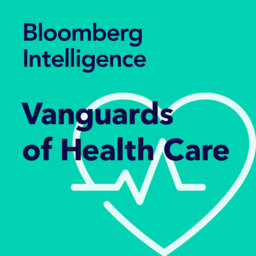How Machinify’s AI Platform Is Rewriting the Rules of Payer Ops
“We truly see ourselves as an operating system for payers,” says David Pierre, CEO of Machinify. Pierre joins Bloomberg Intelligence analyst Jonathan Palmer to unpack how Machinify is using AI to reimagine payment integrity, turning a manual process into a proactive, tech-enabled platform. They discuss Machinify’s formation from four legacy and technology companies, its AI-first claims strategy and how the team is driving real-time adjudication and measurable cost savings. Pierre also shares what he’s learned from Cerner and Signify, and where Machinify is heading next.
 Vanguards of Health Care by Bloomberg Intelligence
Vanguards of Health Care by Bloomberg Intelligence


